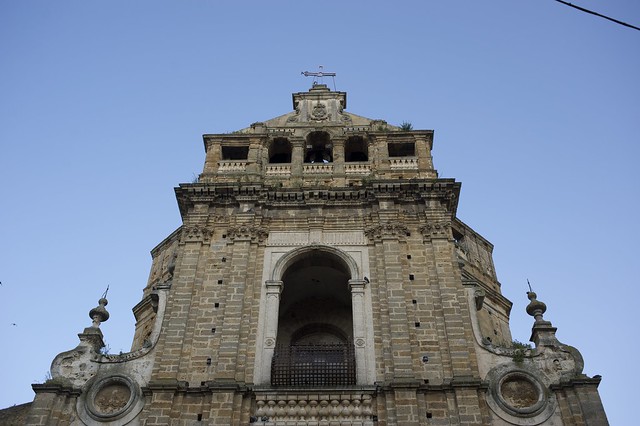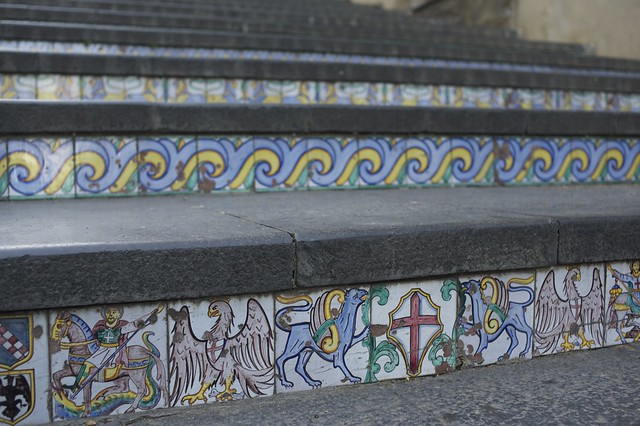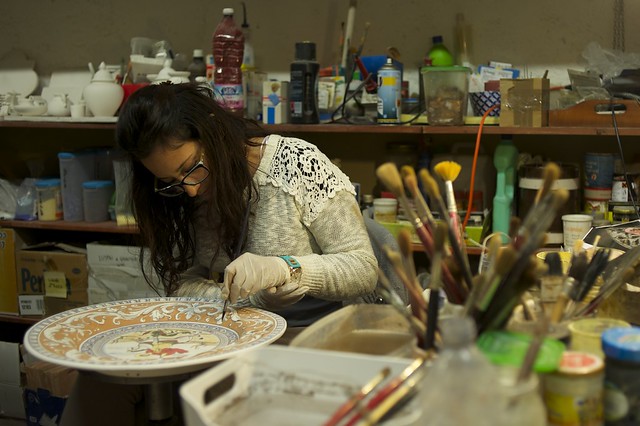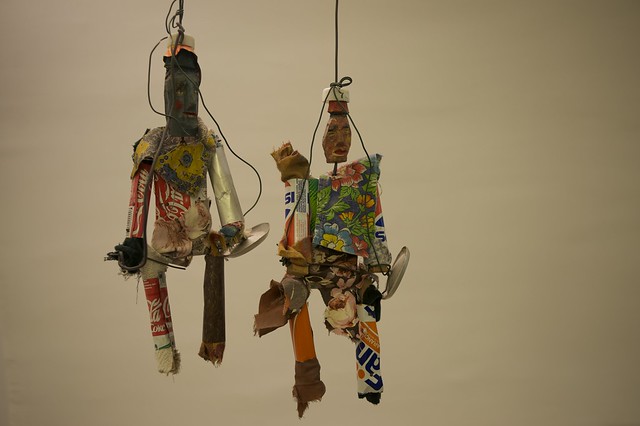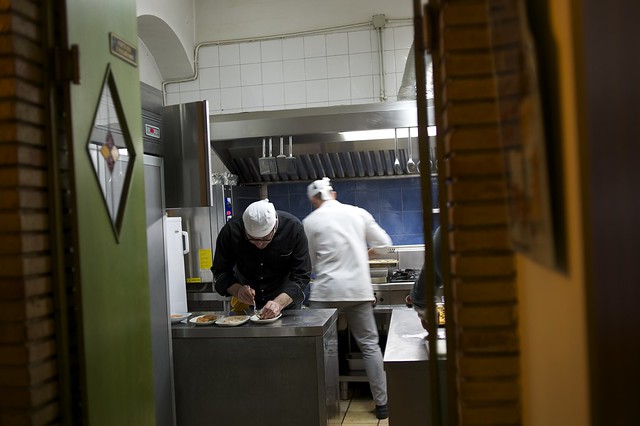It’s a tough call, but if pressed to choose one overall best thing about my trip to Sicily, I would probably say my brief visit to Caltagirone. I think what really did for me about this Unesco World Heritage site brimming with big baroque architecture near the island’s southwestern coast was the unexpected “wow” I experienced upon arrival and the chance to discover somewhere that had been completely off my radar. Luckily, that’s no more the case. If you’re a fan of history, art (especially ceramics), and great food, Caltagirone would sit nicely atop any list of must-see Italian destinations.
Caltagirone was one of those places where soon into my time there I started wondering about the price of local property. Could I afford to chuck it all in and relocate? How could I make such a transition work – and what kind of work would I even be able to do if I actually did settle there? Such a feeling of immediate attraction to a place often used to overwhelm me when travelling in my 20s and early 30s. It’s a less frequent – but much deeper and more exacting – experience when it hits me these days. No, I don’t think I’ll actually up and move to Caltagirone (and I very much love my life here in London), but that possibility lingers still in my thoughts as I remember it. And I sorely hope I’m don’t have to wait too long to return there for further exploration.
In the 1693, an earthquake all but destroyed Caltagirone. When rebuilt, it was done up baroque style. One frustration being there as a photographer was encountering so many photogenic architectural marvels too tightly wedged among each other to photograph properly. It’s chock-a-block, resplendent eye candy. The city also seemed to have been rebuilt in defiance against the grumbly and uncertain ground with lots (and lots) of ceramics. Caltagirone has street signs made of ceramics, loads of (what mostly appeared to be quality) ceramic shops and – it’s most well know feature – the Scala Santa Maria del Monte, an ancient 130-metre and vividly tiled staircase.
Sammartino e Delfino
Caltagirone’s unique history (it derives its name from qal’at-al-jarar, meaning castle of pottery jars in Arabic) and the characteristics of the clay in the area have led it to be a well known centre for pottery. One of the most esteemed studios with a fabulous selection of handcrafted pieces is Sammartino e Delfino. I was impressed with the level of artisanship and commitment to tradition exhibited during my browse of its boutique. Find out more at ceramichecaltagironeds.com.
Museo d’Arte Contemporanea Caltagirone
Another surprise treat was the city’s museum of contemporary art, also known as the Ospedale delle Donne (the Hospital of the Ladies). Home of an important Art Brut collection with international scope but particular focus on Sicilian talent, it was a lovely venue for viewing intriguing art. This municipal website seems to be the best online research for more details: comune.caltagirone.ct.it/comune.caltagirone.ct.it/index.php?option=com_content&view=article&id=4171&Itemid=658.
Ristorante Il Locandiere
Undoubtedly the most interesting meal I enjoyed in Sicily and one of the most memorably delicious I’ve had this year, dinner at Il Locandiere seafood (and only seafood!) restaurant was a dream. Taking traditional Sicilian recipes and giving them a contemporary and slightly upscale twist since opening in 2005, this elegant and cosy little restaurant pleased my palate immensely. Swordfish prosciutto with almonds and orange? Anchovy and walnut fritters? Herring with orange and fennel? Locally produced organic wines made indigenous grapes (from Feudo di Santa Tresa)? Yes please! And when can I get back there for more gorgeous food? Service was gracious and appreciative. The vibe was informal and buzzy. There’s no website for the restaurant that I can find, but here’s Il Locandiere’s Facebook page: facebook.com/pages/Ristorante-Il-Locandiere/232533213957.
Please keep an eye out for more juicy tales in my Le Vie della Zagara series of posts.

